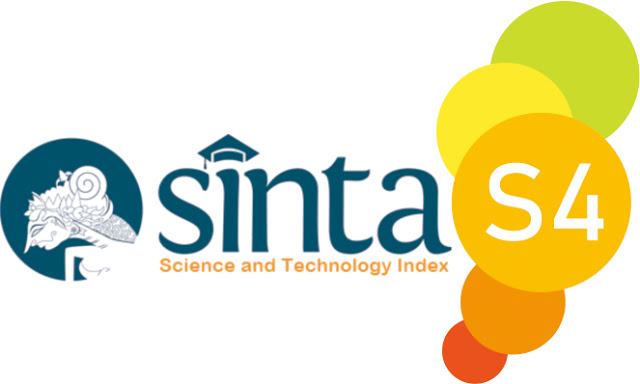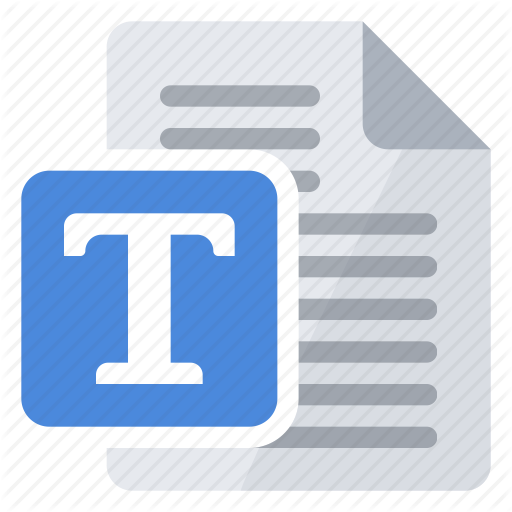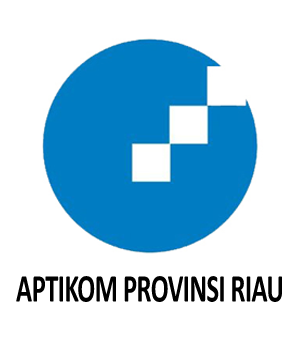Analysis and Design of Monolithic System Architecture Migration to Microservices at PT. MALINDO Conceptual Approach
Abstract
This study analyzes the transition from a monolithic architecture to a microservices architecture within a corporate environment, specifically at PT.MALINDO. While the monolithic architecture was once effective, it now presents several challenges, including maintenance complexity, limited scalability, and frequent occurrences of deadlocks. The analysis highlights the growing need for a more adaptive and flexible system to respond to dynamic business requirements. In this context, a microservices architecture is proposed as a solution to overcome the limitations of the monolithic approach. Microservices break down applications into small, independent services, enabling easier and more efficient development, deployment, and maintenance. By using components such as an API Gateway and message brokers like Apache Kafka, inter-service communications can be managed more effectively, ensuring improved system performance and resilience. The findings indicate that transitioning to a microservices architecture can significantly enhance the system's performance, flexibility, and scalability. The resulting hypothesis suggests that adopting microservices will offer long-term benefits for PT.MALINDO, particularly in addressing system complexity and improving responsiveness to evolving business needs. Recommendations include implementation strategies and change management practices necessary to ensure a smooth and low-risk transit
Downloads
References
H. Suryotrisongko, “Arsitektur microservice untuk resiliensi sistem informasi,” SISFO, vol. 6, no. 2, pp. 6, 2017.
G. Munawar and A. Hodijah, “Analisis model arsitektur microservice pada sistem informasi DPLK,” Sinkron: Jurnal dan Penelitian Teknik Informatika, vol. 3, no. 1, pp. 232–238, 2018.
M. G. de Almeida and E. D. Canedo, “Authentication and authorization in microservices architecture: A systematic literature review,” Applied Sciences, vol. 12, no. 6, pp. 3023, 2022.
R. Laigner, Y. Zhou, M. A. V. Salles, Y. Liu, and M. Kalinowski, “Data management in microservices: State of the practice, challenges, and research directions,” arXiv preprint arXiv:2103.00170, 2021.
M. Kleppmann, Designing Data-Intensive Applications: The Big Ideas Behind Reliable, Scalable, and Maintainable Systems, O’Reilly Media, 2017.
S. Newman, Building Microservices: Designing Fine-Grained Systems, 2nd ed., O’Reilly Media, 2021.
M. Nygard, Release It!: Design and Deploy Production-Ready Software, 2nd ed., Pragmatic Bookshelf, 2018.
O. Greevy, S. Ducasse, and T. Girba, “Analyzing software evolution through feature views,” Journal of Software Maintenance and Evolution: Research and Practice, vol. 18, no. 6, pp. 425–456, 2005.
C. Richardson, Microservices Patterns: With Examples in Java, Simon and Schuster, 2018.
V. F. Pacheco, Microservice Patterns and Best Practices: Explore Patterns Like CQRS and Event Sourcing to Create Scalable, Maintainable, and Testable Microservices, Packt Publishing, 2018.
M. Fowler, “Microservices,” MartinFowler.com, 2014. [Online]. Available: https://martinfowler.com/articles/microservices.html
S. Newman, Building Microservices, O’Reilly Media, 2021.
Nofri Wandi Al-Hafiz, Helpi Nopriandi, and Harianja, “Design of Rainfall Intensity Measuring Instrument Using IoT-Based Microcontroller”, JTOS, vol. 7, no. 2, pp. 202 - 211, Dec. 2024.
N. W. Al-Hafiz and H. Harianja, “Design of an Internet of Things-Based automatic cat feeding control device (IoT)”, Mandiri, vol. 13, no. 1, pp. 161–169, Jul. 2024.
PutriD. and Al-HafizN., “SISTEM INFORMASI SURAT KETERANGAN GANTI RUGI TANAH PADA KECAMATAN KUANTAN TENGAH MENGGUNAKAN WEBGIS”, Biner : Jurnal Ilmiah Informatika dan Komputer, vol. 2, no. 2, pp. 112-121, Jul. 2023.
H. Harianja, N. W. Al-Hafiz, and J. Jasri, “Data Analysis of Informatics Engineering Students of Islamic University of Kuantan Singingi”, JTOS, vol. 6, no. 1, pp. 23 - 30, Jan. 2023.
Siregar, M., and N. Al-Hafiz. "Design of Cloud Computer to Support Independent Information System Servers Universitas Islam Kuantan Singingi." Journal of Information System Research (JOSH) 3.2 (2022)
A. Apri Denta, H. Nopriandi, and E. Erlinda, “Information System Design Realization and Performance Achievements of the Manpower Office of Kuantan Singingi District”, JTOS, vol. 7, no. 1, pp. 01 - 09, Nov. 2024.
A. AP Putra, E. Erlinda, and M. Yusfahmi, “Sales System in the Endocell Mobile Phone Business Using the CRM (Customer Relationship Management) Method) in Kompe Berangin Village, Cerenti District”, JTOS, vol. 7, no. 1, pp. 10 - 21, Nov. 2024.
D. Setiawan, F. Haswan, and J. Jasri, “Design of School Bell Scheduling Application Based on Arduino Uno on MTs Babussalam Simandolak”, JTOS, vol. 7, no. 1, pp. 22 - 30, Jul. 2024.
D. Juniarti, A. Aprizal, and S. Chairani, “Information System for Analyzing Disease Trends in the Region Cerenti Health UPTD”, JTOS, vol. 7, no. 1, pp. 31 - 43, Jun. 2024.
F. Restuadi, H. Nopriandi, and A. Aprizal, “ANALISIS QOS JARINGAN INTERNET FAKULTAS TEKNIK UNIVERSITAS ISLAM KUANTAN SINGINGI MENGGUNAKAN WIRESHARK 4.0.3”, JTOS, vol. 7, no. 1, pp. 44 - 54, Jun. 2024.
J. Jasri and N. W. Al-hafiz, “Designing a mobile-based infaq application markazul quran wassunnah foundation (MQS)Kuantan Singingi”, J. Teknik Informatika CIT Medicom, vol. 15, no. 5, pp. 247–254, Nov. 2023.
R. Nazli, A. Amrizal, H. Hendra, and S. Syukriadi, “Modeling User Interface Design E-Business Applications for Marketing Umkm Products in Payakumbuh City Using Pieces Framework”, JTOS, vol. 7, no. 2, pp. 55 - 66, Nov. 2024.
Siti Saniah and Mhd. Furqan, “Classification Of Rice Plant Diseases Using K-Nearest Neighbor Algorithm Based On Hue Saturation Value Color Extraction And Gray Level Co-Occurrence Matrix Features”, JTOS, vol. 7, no. 2, pp. 212 - 223, Dec. 2024.
Copyright (c) 2025 Ego Oktafanda, Nofri Wandi Al-Hafiz, Abdul Latif; Firman Santosa

This work is licensed under a Creative Commons Attribution-ShareAlike 4.0 International License.
This is an open-access article distributed under the terms of the Creative Commons Attribution-ShareAlike 4.0 International License which permits unrestricted use, distribution, and reproduction in any medium. Users are allowed to read, download, copy, distribute, search, or link to full-text articles in this journal without asking by giving appropriate credit, provide a link to the license, and indicate if changes were made. All of the remix, transform, or build upon the material must distribute the contributions under the same license as the original.















